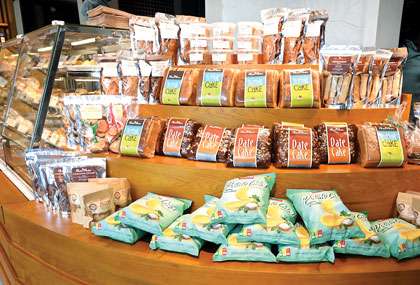IDENTIFYING “SRILANKAN-NESS” AT PRESCHOOL & PRIMARY
{{hitsCtrl.values.hits}}
3 November 2014 03:50 pm
 By Shanthi WijesingheAssociate ECE/ACPsy, Adv.Dip - Mont.Ed, Remedial Instructor - SpL LVEP
By Shanthi WijesingheAssociate ECE/ACPsy, Adv.Dip - Mont.Ed, Remedial Instructor - SpL LVEP
Following are some of the endless but valid questions arising this time each year from young parents.
- When should we send our child to preschool?
- What is the ‘best’ preschool?
- Do children specifically ‘learn’ at preschool? or what is there to ‘learn’ at this young age?
Important areas when browsing around:
- The teacher – child ratio
- The qualifications of teachers
- The environment
- Who is actually in charge of the preschool?
- Why pay? What about free education?
- Which medium is best?
- Can parents also teach in the classroom?
- What are observation sessions?
- What is the difference between the various methodologies?
- What does the child actually gain?
The BIG step from Preschool:
Primary school is the big step up from Preschool. Children are expected to have reached certain milestones at this level according to the stipulated syllabus. Teachers in the grade one classroom have no time to attend to children who are not toilet trained and who have a huge dependency factor. Grade one teachers would like to have children who are able to:- Recognize and take care of personal belongings
- Listen and follow instructions of the teacher
- Eat and drink independently
- Put away books and stationary into their bag
- Concentrate on tasks for up to 15 minutes
- Recognize letters and numbers in keeping with the requirements of Grade 1
- Able to carry home verbal messages
- Write phrases
- Co-exist, tolerate and participate in team work
- Relate stories
- Participate in games and physical activities
- Follow good mannerisms
Who are educators?
They are those who think outside the box and who are committed to the education of children. They will work with parents until they are satisfied that the child is ready for the next phase. In this case, the Primary. Certain schools charge higher fees because teachers they source are fully qualified and experienced. They cannot be paid paltry salaries.The Identification Process:
An imposing building shouldn’t be a benchmark. It’s the people who are in charge that should speak the story. Parents must understand this fully. Once your child falls into wrong hands you have done the damage. Pretty exteriors may not support children’s learning, consider children’s weaknesses and encompass children with dysfunctions.For parents who are more discerning?
Look for the right balance. Are the children engaged? Do they interact with the teacher or are they simply sitting and listening to the teacher? Is there sufficient reference material for the children to work with? Are teachers focused on their tasks or are they simply being loud to get attention? Parents must receive guidance until their young children reach the age of 10. From Preschool through to Grade 3 children are still at the stage of early childhood and therefore need close guidance and help to balance homework and school work, try out extracurricular activities. Homework becomes the focus when parents take it upon themselves to complete on behalf of the child. Well delivered lessons means the child will be in a position to tackle homework with only a little help from parents.How a child retains the essence of being Sri Lankan
When young children are exposed to Sri Lankan culture and ethics it sustains them for life. They become loyal to the country. Therefore the school you choose for him should also have these systems of tradition in place on an everyday basis. It is not enough to practice traditions on special days of the year. Respect to elders, co-existence, tolerance, recognizing authority, appreciating natural science, geography and history of the country helps children retain the factors even though they speak the link language. Sadly we have witnessed a young person’s inability to express himself in the link language. A link language must be spoken as fluently and as efficiently as a first language. There should be no distinction. Children gain proficiency over a short period of time. Parents then have no need to spend extra tuition fees on this area. Seekers primary bridges an important gap. It aims to help children speak the link language with confidence at the same time learning Sinhala and Tamil - their respective first language. Seekers Primary will open in January 2015.Leave a reply
Reply To:
Name - Reply Comment







Comments